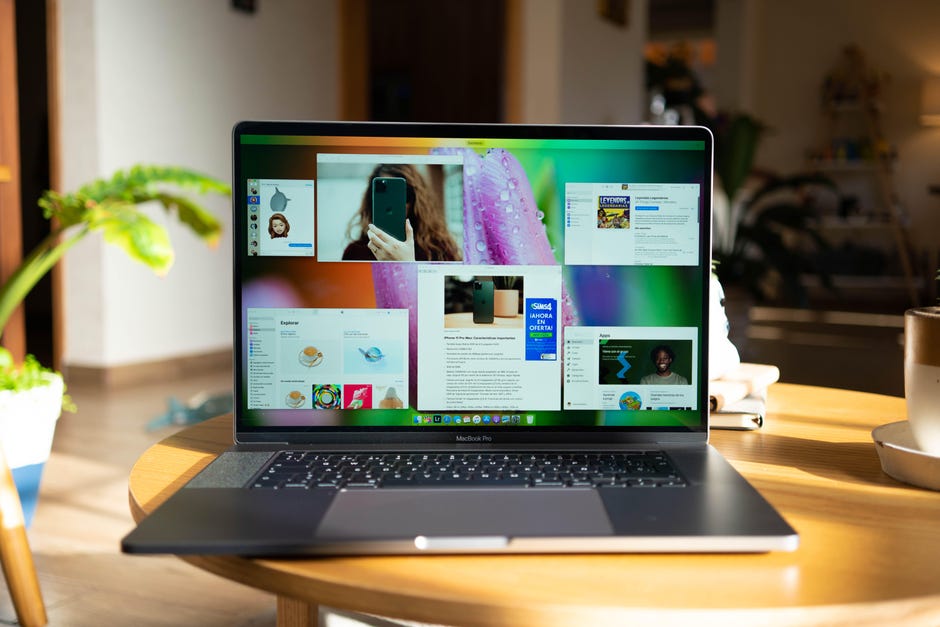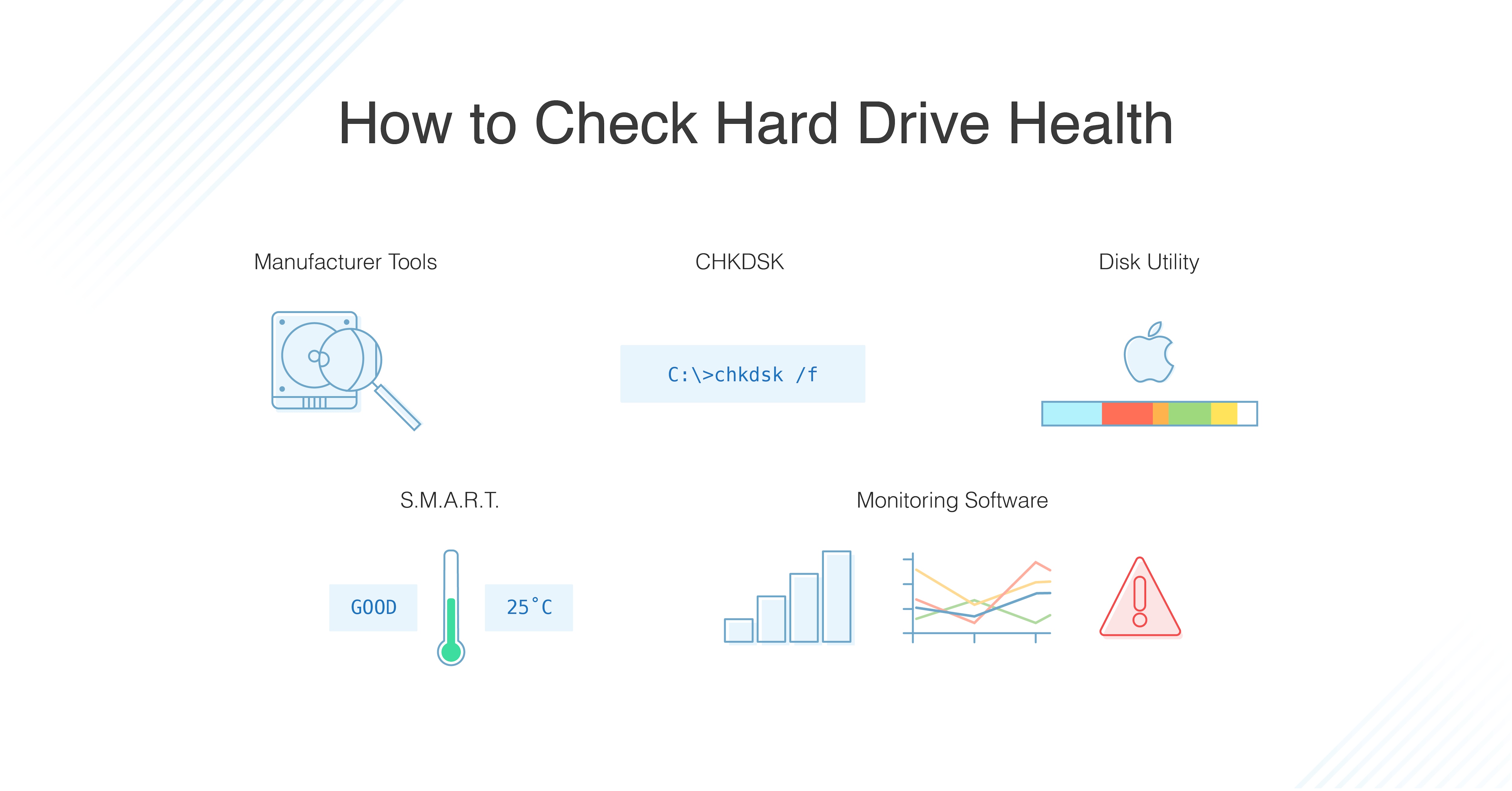

- Program for windows to let me check a mac hdd how to#
- Program for windows to let me check a mac hdd software#
- Program for windows to let me check a mac hdd Pc#
What to do if Your Machine Won’t Boot From the Hard Drive Use Windows Recovery Tool The various scans that can be performed at the command line exceed those of Windows Check option for drives.
Program for windows to let me check a mac hdd Pc#
Reboot the PC and see if the problem persists.


Bad sectors: If you start receiving error messages about “bad sectors”, “CRC” or “Cyclic Redundancy Error”, that is a sure sign that your drive is developing problems.Corrupted data: If files on the drive are suddenly corrupted or unreadable for no apparent reason, it’s possible that your hard drive is experiencing a gradual failure.However, if you find that you need to reboot more and more frequently, that could be an indication that your hard drive is beginning to fail. Computer freezing: Computer freeze up from time to time, and it’s almost always solved by a quick reboot.Disappearing files: If a file simply disappears from your system, this can be a sign that the hard drive is developing issues.Here are some warning signs of a developing hard drive problem: Most components on a PC that can fail will give some warning of their deteriorating condition before they just stop working altogether, and hard drives are no exception.
Program for windows to let me check a mac hdd software#
Note that this article is written with a Windows PC in mind, and the software tools I mention will generally be Windows-specific, but the general concepts discussed apply to Mac or Linux computers as well.
Program for windows to let me check a mac hdd how to#
In this article, I will show you how to prepare for the worst and the warnings you should look out for. Fortunately, there are some warning signs of an impending hard drive failure, and some things that you can do to protect yourself from a drive failure. When a hard drive fails, it can be anything from an annoyance to a catastrophe, depending on the backup system that was in place to keep that data safe and secure. Today’s solid-state drives (SSDs) do not have any moving parts and so they last longer, but they too eventually wear out. All hard drives fail, because despite their connection to electronic devices, hard drives are (or were) mechanical in nature: a physical platter spins at thousands of revolutions per minute and a moving arm equipped with magnetic sensors reads magnetic pulses stored on the platter. The first hard drive hit the market in 1956 it was a 5-megabyte drive for an IBM mainframe, it weighed more than a ton, and it eventually failed.


 0 kommentar(er)
0 kommentar(er)
